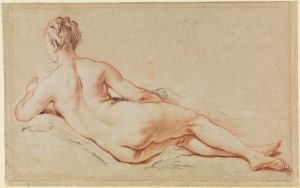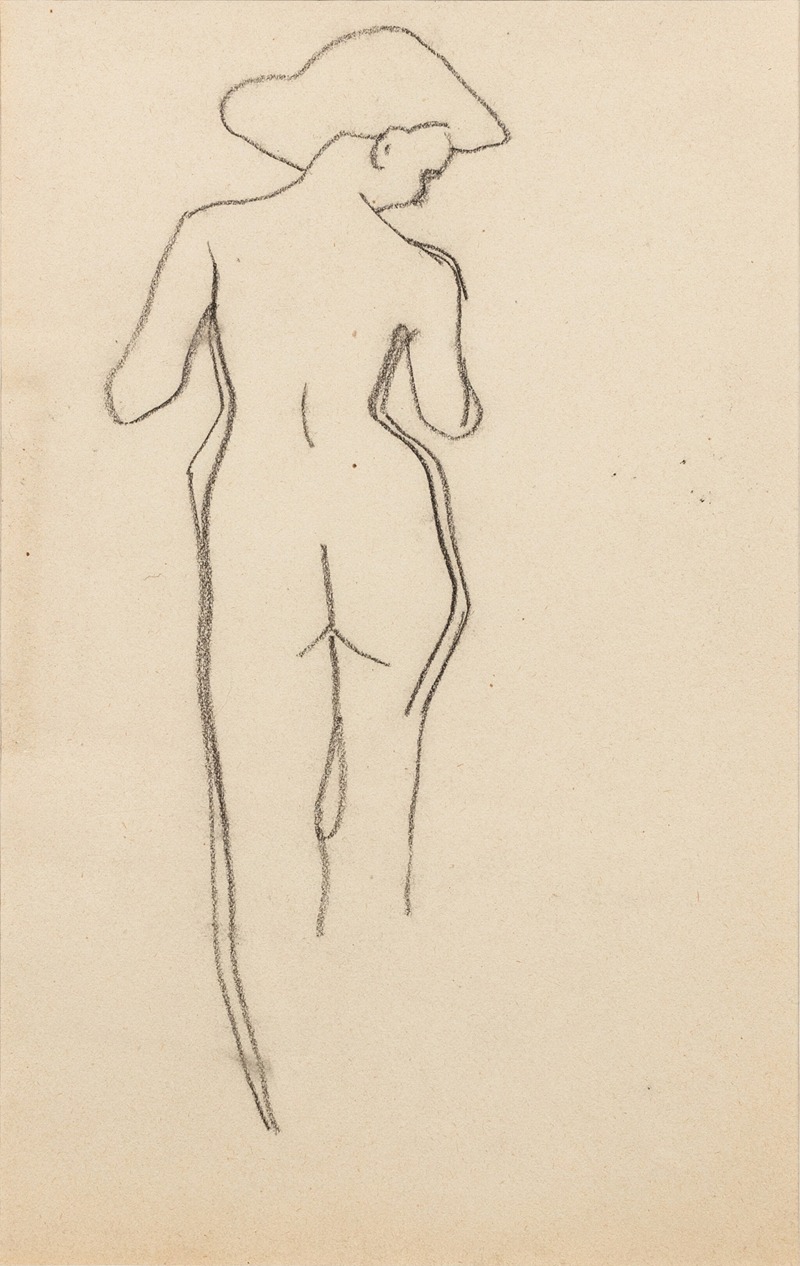
Esquisse de femme nue de dos
A hand-painted replica of Amedeo Modigliani’s masterpiece Esquisse de femme nue de dos, meticulously crafted by professional artists to capture the true essence of the original. Each piece is created with museum-quality canvas and rare mineral pigments, carefully painted by experienced artists with delicate brushstrokes and rich, layered colors to perfectly recreate the texture of the original artwork. Unlike machine-printed reproductions, this hand-painted version brings the painting to life, infused with the artist’s emotions and skill in every stroke. Whether for personal collection or home decoration, it instantly elevates the artistic atmosphere of any space.
Amedeo Modigliani, an Italian painter and sculptor, is renowned for his unique style characterized by elongated forms and faces. Among his notable works is "Esquisse de femme nue de dos," which translates to "Sketch of a Nude Woman from the Back." This piece exemplifies Modigliani's distinctive approach to the human form, focusing on the elegance and simplicity of line and shape.
Modigliani was born on July 12, 1884, in Livorno, Italy, and he moved to Paris in 1906, where he became part of the vibrant artistic community in Montparnasse. His work was influenced by various movements, including Impressionism, Cubism, and African art, but he developed a style that was uniquely his own. Modigliani's art is often characterized by its sensuality and emotional depth, and he is particularly known for his portraits and nudes.
"Esquisse de femme nue de dos" is a drawing that captures the back view of a nude woman. The artwork is a testament to Modigliani's skill in rendering the human form with minimal lines, focusing on the curvature and posture of the subject. This piece, like many of Modigliani's works, emphasizes the beauty of the human body in its natural state, free from embellishments or distractions.
The simplicity of the drawing highlights Modigliani's ability to convey emotion and character through subtle means. The elongated lines and the gentle curve of the woman's back are typical of Modigliani's style, which often involved distorting proportions to create a sense of elegance and grace. This approach was not merely an aesthetic choice but also a reflection of Modigliani's interest in capturing the essence of his subjects.
Modigliani's nudes, including "Esquisse de femme nue de dos," were often considered controversial during his lifetime due to their frank depiction of the human body. However, they are now celebrated for their beauty and the artist's ability to convey intimacy and vulnerability. His work challenged the conventions of his time, pushing the boundaries of how the human form was represented in art.
Throughout his career, Modigliani faced numerous challenges, including health issues and financial difficulties. Despite these obstacles, he remained dedicated to his art, producing a significant body of work that continues to be admired today. Modigliani's life was tragically short; he died on January 24, 1920, at the age of 35, but his legacy endures through his paintings and drawings.
"Esquisse de femme nue de dos" is a fine example of Modigliani's artistic vision and his contribution to modern art. It reflects his mastery of form and his ability to capture the human spirit with simplicity and elegance. Today, Modigliani's works are held in high esteem, and his influence can be seen in the works of many contemporary artists. His art continues to be exhibited in major museums and galleries worldwide, ensuring that his unique perspective on the human form remains accessible to audiences everywhere.





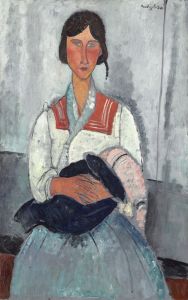
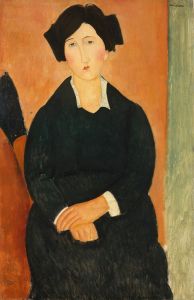


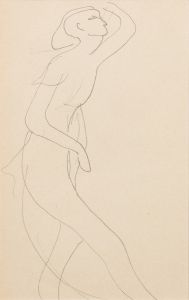
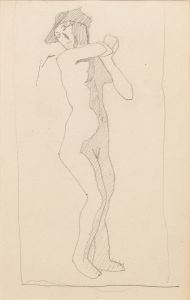
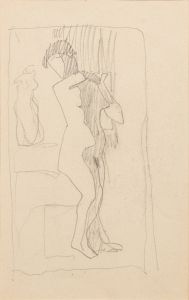
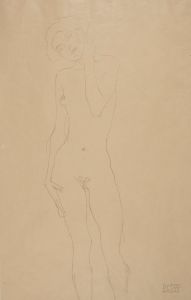
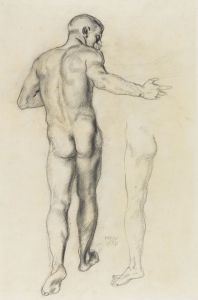
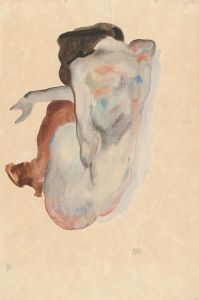
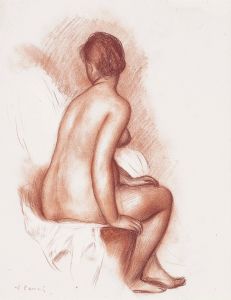
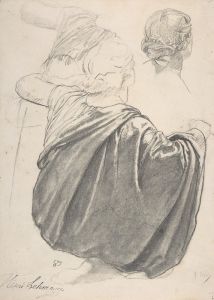
![Design for Longchamps Restaurant, 79th St., New York, NY.] [Proposed treatment for front of restaurant](/imgs/249289/s/winold-reiss-design-for-longchamps-restaurant-79th-st-new-york-ny-proposed-treatment-for-front-of-restaurant-83a4c86c.jpg)
